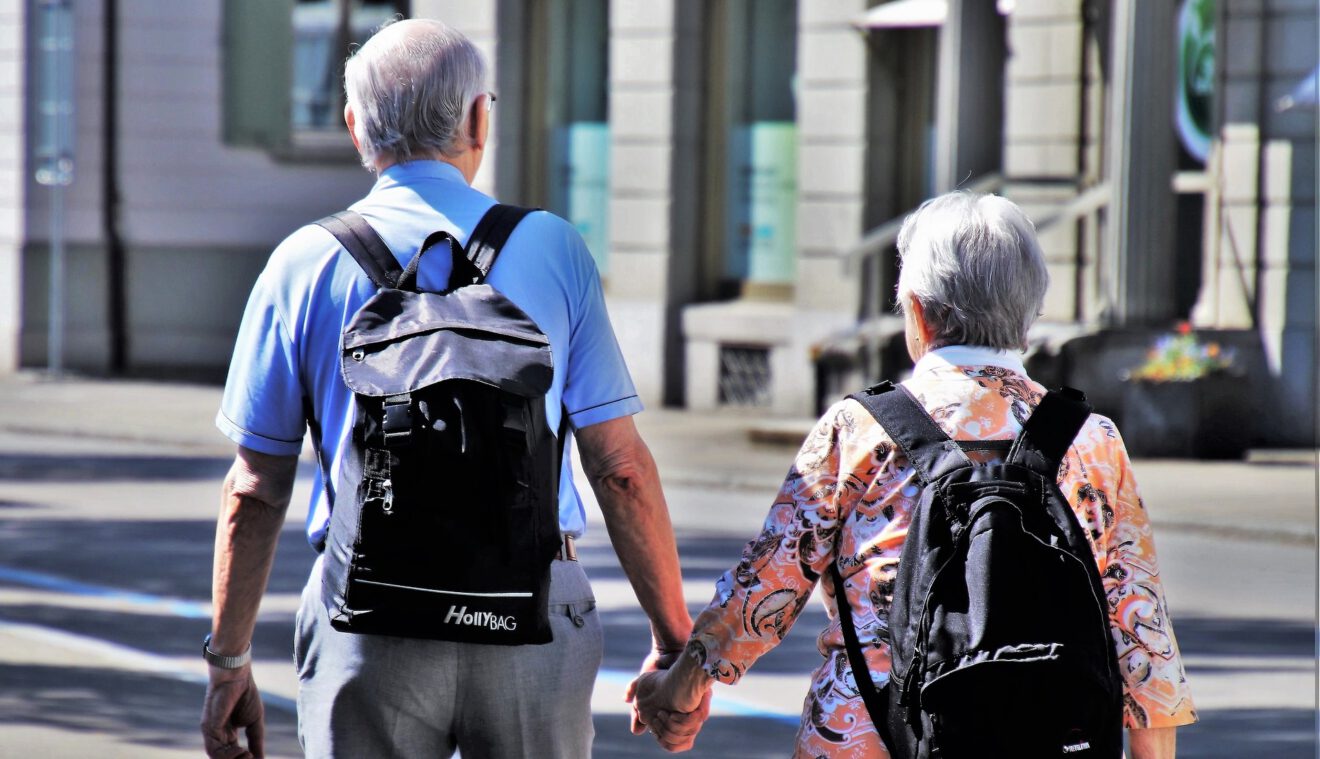Elderly people are often stereotyped as being bad with technology — but they are one of the groups who can benefit the most from recent technological advances. The internet of things, in the form of connected cars, wearables and particularly smart home devices, is providing an increasing number of ways for seniors to stay active, independent and safe for longer.
These advances are just in time: In 2015, the World Health Organization predicted that, by 2020, 20% of the US population will be age 60 or older. One main cause of this trend is that the elderly are living longer — a fact that creates new challenges for them and their loved ones. A recent Consumer Technology Association survey found that 70% of people caring for elderly relatives worried about them forgetting to take medications, and accidents were a concern for 60% of those caregivers.
Technology can help in a number of ways, but three categories particularly stand out: seniors’ health, their safety, and interaction with the wider world.
Health
Biometric readings and activity tracking are a growing phenomenon among all age groups. While younger people may be trying to run marathons or fit into their college jeans, seniors and caregivers are more likely to also be keeping track of blood pressure to avoid hypertension, monitoring their heart rates to make sure pacemakers or artificial valves are doing their jobs, and watching blood sugar to manage diabetes.
Off the wrist and in the home, even medication containers are becoming technologically advanced. MedMinder stores medication in advance by daily doses, flashes to let a user know it’s time to take meds, then issues a series of audio reminders and finally alerts to a caregiver or relative if there’s no response. For many seniors who have to take multiple medications per day, often at very specific times, such a use of technology could be a lifesaver.
Environment
Increasingly brittle bones and frailer systems mean that falls are much harder for the elderly to recover from than for younger people. Falls are potentially even fatal, and almost half of seniors need assistance simply getting back on their feet after a fall. In the past, such incidents have reduced the ability of older people to live alone, but now smart home products such as Walabot are trying to address this issue by, for example, automatically detect falls or using voice-activated or motion-sensing lights to reduce fall frequency by increasing visibility.
The GrandCare product consists of a network of home sensors that feed into a single web portal for health care providers, caregivers and the seniors. The capabilities of GrandCare extend to detecting whether or not someone opens the refrigerator door at their usual time and alerting others if they have not, which could lead to timely medical intervention in the event of a stroke, heart attack or other disabling medical events.
Interactions
GrandCare is also one of a number of programs that allow elderly people to communicate with caregivers and loved ones through video chat. Social interaction is an important part of mental health, as it helps keeps the brain active to fight dementia and technology that enables communications can be vital, particularly for people who have difficulty getting out of their homes.
Technology advancements are also looking to address ways to help seniors get and about more easily via autonomous cars. Declining vision and reflexes can make it more difficult for senior citizens to drive themselves places, and many seniors live in communities where public transit access is scarce or inconvenient, if it exists at all. Joseph Coughlin, who leads the Massachusetts Institute for Technology AgeLab, tells the New York Times, “The aging of the population converging with autonomous vehicles might close the coming mobility gap for an aging society.”
Concerns and conclusions
Naturally, seniors have the same worries over privacy and security that other consumers do where the internet of things is concerned. Corporate harvesting and use of data, the potential for hacking and simple technological breakdowns can be intimidating factors, and both technology companies and individuals need to take these into issues account.
The promise of independence and “aging in place” rather than in nursing homes overcomes these concerns for a significant proportion of seniors, however. In the CTA survey, monitoring and safety tech would get the green light from 64% of seniors, and 61% said they are willing to use technology that facilitates active aging and greater independence.
As the population continues to age and families further apart, technology becomes one of the vital solutions for helping elderly people stay active, healthy and connected to the wider world.
Isabel Kunkle is SmartBrief’s telecommunications editor.
If you enjoyed this article, sign up for SmartBrief’s free e-mail from the Mobile Marketing Association, among SmartBrief’s more than 200 industry-focused newsletters.
